News
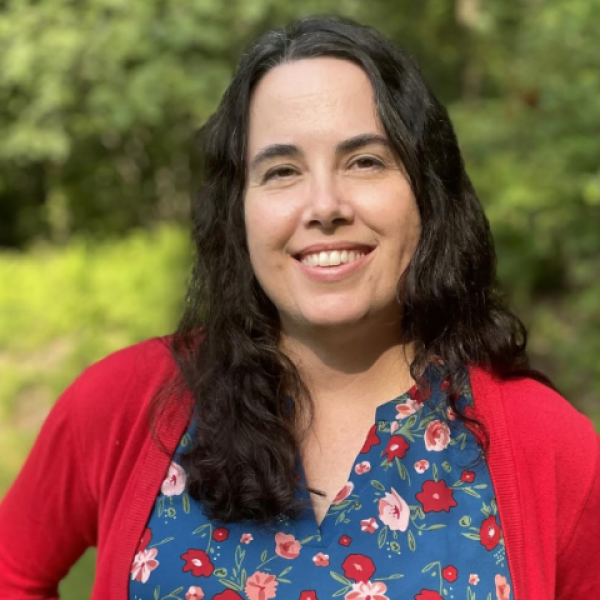
Apr 29, 2025
Heather Hines named interim director of the Center for Pollinator Research and the Insect Biodiversity Center
Heather Hines, Associate Professor of Biology and Entomology, has been named Interim Director of the Center for Pollinator Research (CPR) and the Insect Biodiversity Center (IBC). Hines is succeeding Christina Grozinger, Publius Vergilius Maro Professor of Entomology and director of the Huck Institutes of the Life Sciences.
Full Article
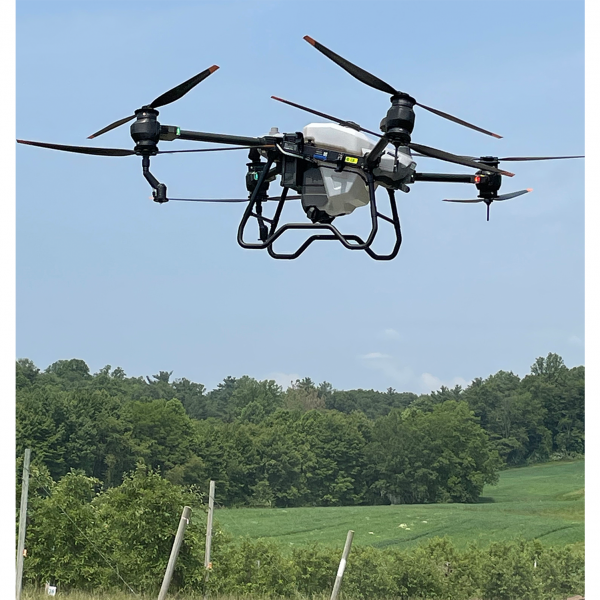
Apr 25, 2025
Are drones the future of tree fruit production? Researchers investigate
A team of researchers in Penn State’s College of Agricultural Sciences is addressing the growing interest among tree fruit growers in Pennsylvania and the Northeast in adopting drone-based spraying systems for high-density apple and peach orchards.
Full Article
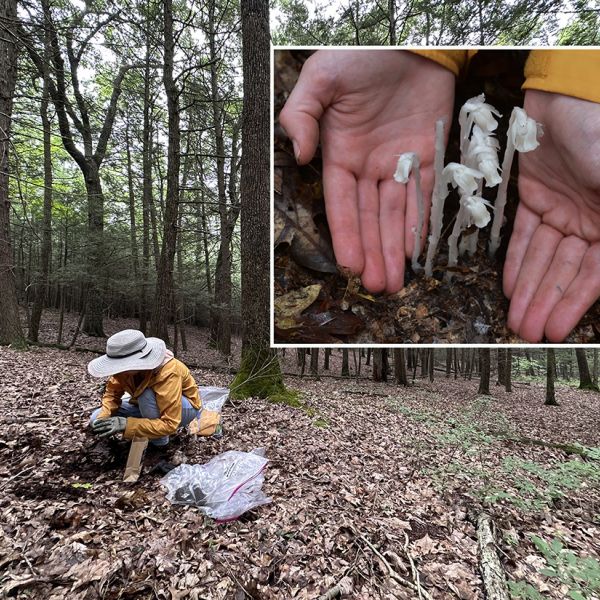
Apr 25, 2025
Traditional forest medicinal plant ghost pipe used differently today
Driven by the internet and social media, consumption of a strange white plant known as ghost pipe is enjoying a resurgence — but with a twist.
Full Article

Apr 25, 2025
Penn State graduate students receive American Heart Association fellowships
Two Penn State graduate students enrolled in Intercollege Graduate Degree Programs administered by the Huck Institutes of the Life Sciences have each been awarded two-year American Heart Association (AHA) Postdoctoral Fellowships.
Full Article
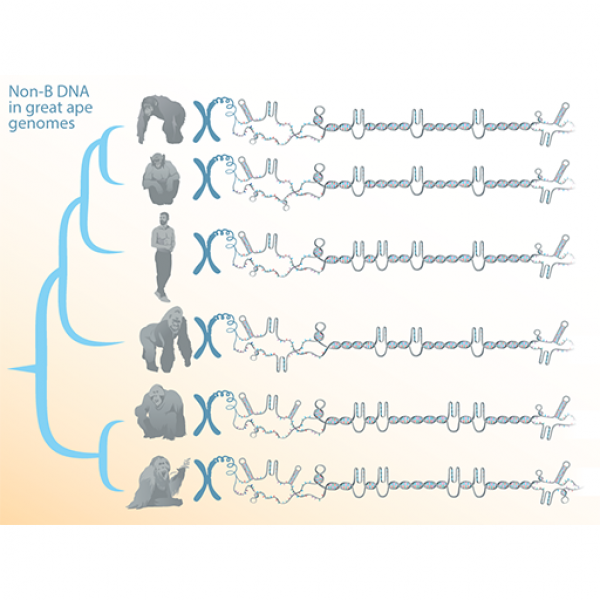
Apr 24, 2025
Beyond the double helix: Alternative DNA conformations in ape genomes
Researchers used recently published telomere-to-telomere genomes of humans, chimpanzee, bonobo, gorilla and two orangutans to predict locations of DNA sequences that can form other structures besides the double helix.
Full Article

Apr 24, 2025
Grozinger appointed to National Academies committee on insect declines
The National Academies of Sciences, Engineering, and Medicine recently appointed Christina Grozinger, Publius Vergilius Maro Professor of Entomology and director of the Huck Institutes of the Life Sciences at Penn State, to an 18-member study committee to examine the status of insects in North America.
Full Article
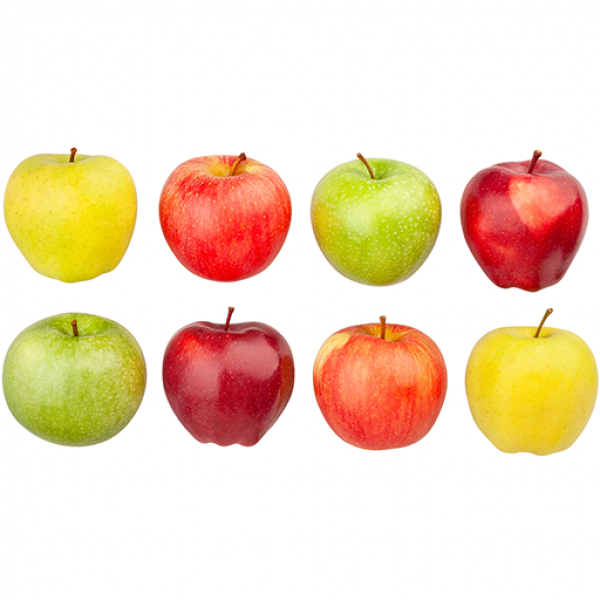
Apr 22, 2025
How do you like them apples? Apple genus evolution revealed
A new comparison and analysis of the genomes of species in the genus Malus, which includes the domesticated apple and its wild relatives, revealed the evolutionary relationships among the species and how their genomes have evolved over the past nearly 60 million years.
Full Article
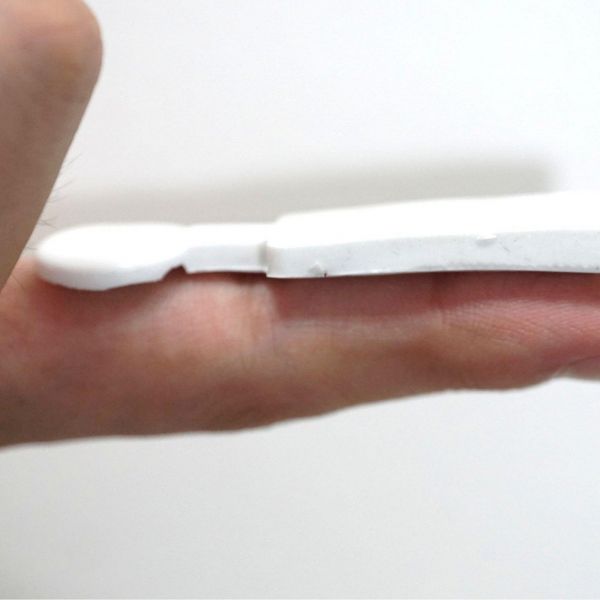
Apr 21, 2025
High-tech sticker can identify real human emotions
A team led by scientists at Penn State has created a stretchable, rechargeable sticker that can detect real emotions — by measuring things like skin temperature and heart rate — even when users put on a brave face.
Full Article

Apr 21, 2025
How safe is the air to breathe? 50 million people in the US don't know
More than half of counties in United States have no air-quality monitoring, according to study by researchers from Penn State.
Full Article

Apr 18, 2025
Focus on sanitation and clean water may improve control of endemic cholera
Pathogens that persist in hosts and environments may require tailored management strategies, according to new study of endemic cholera interventions in Sub-Saharan Africa.
Full Article